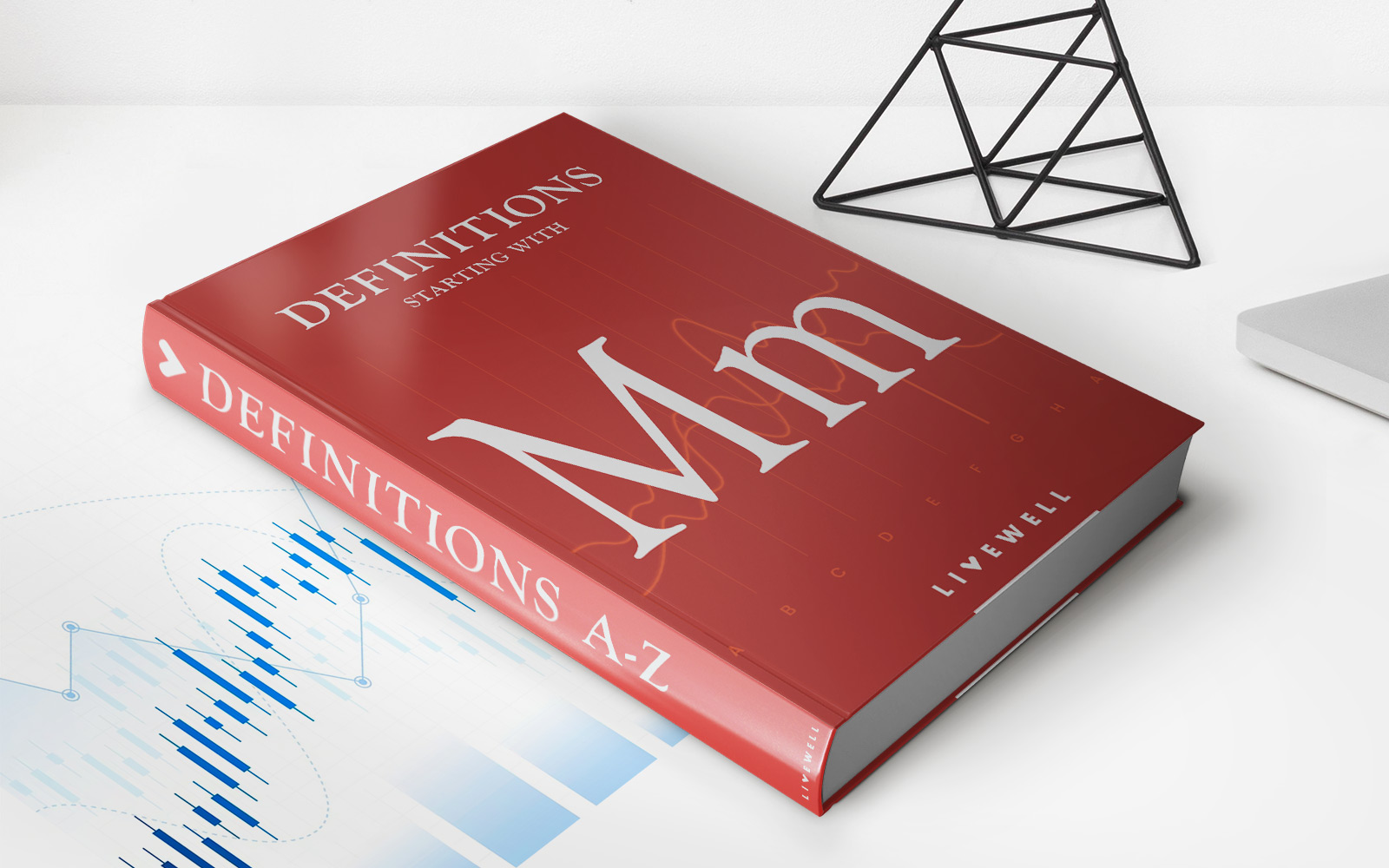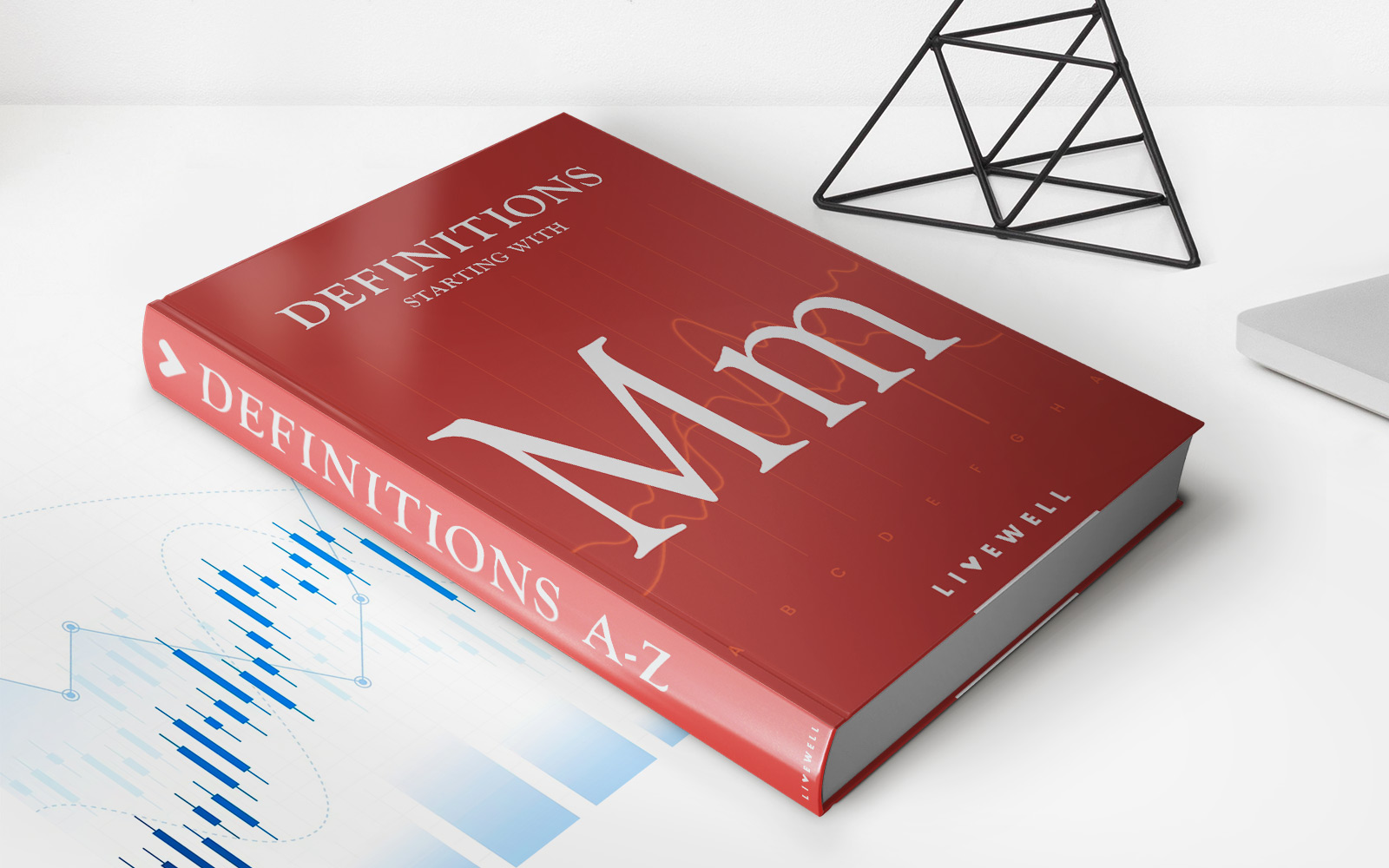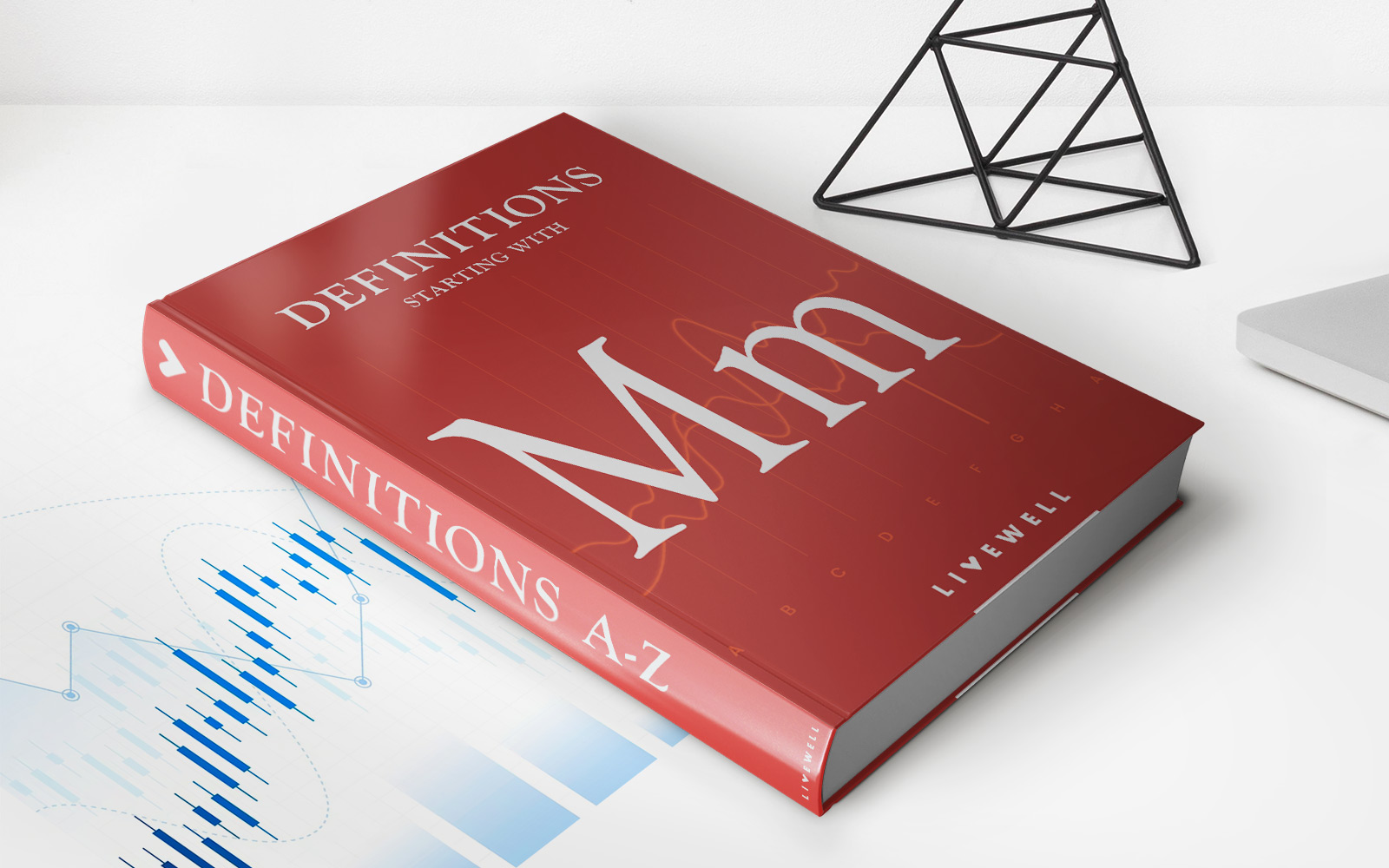Home>Finance>Make To Order (MTO) Or Made To Order: Definition And Example


Finance
Make To Order (MTO) Or Made To Order: Definition And Example
Published: December 21, 2023
Learn about the definition and example of Make to Order (MTO) or Made to Order in the finance industry. Discover how businesses customize products to meet individual customer requirements.
(Many of the links in this article redirect to a specific reviewed product. Your purchase of these products through affiliate links helps to generate commission for LiveWell, at no extra cost. Learn more)
Understanding Make to Order (MTO) in Finance
When it comes to managing finances, understanding different concepts and strategies is essential. One such strategy is Make to Order (MTO) or Made to Order. In this blog post, we will delve into the definition and provide an example to illustrate how MTO works in the finance industry.
Key Takeaways:
- Make to Order (MTO) is a production strategy where goods are only manufactured once a customer places an order.
- This approach allows companies to minimize inventory costs and tailor products to meet customer demands while maintaining a lean manufacturing process.
So, what exactly is Make to Order (MTO)? In simple terms, MTO is a production strategy where goods are only manufactured once a customer places an order. This is in contrast to other production strategies like Make to Stock (MTS), where goods are produced in anticipation of customer demand. MTO emphasizes the customization of products, allowing companies to tailor their offerings to individual customer needs.
Let’s illustrate this concept through an example. Imagine you run a small company that designs and manufactures custom-made furniture. When a customer approaches you with specific requirements for a dining table, you don’t have ready-made tables sitting in a warehouse. Instead, you collect the necessary materials and manufacture the table according to the customer’s specifications. Once the order is fulfilled, the customer receives their unique and personalized dining table.
By adopting a Make to Order strategy, you gain several advantages in managing your finances:
- Lower Inventory Costs: Since goods are manufactured based on customer orders, there is no need to hold excess inventory. This reduces carrying costs and the risk of obsolete stock.
- Increased Customer Satisfaction: Make to Order allows you to cater to individual customer requirements. By providing custom products, you can better meet their needs and enhance customer satisfaction.
- Reduced Production Waste: With MTO, you only manufacture products that are demanded by customers. This minimizes overproduction, reduces waste, and helps maintain a lean manufacturing process.
Implementing a Make to Order strategy in your financial operations may require careful planning and coordination between various departments, such as sales, manufacturing, and supply chain. However, the benefits can be significant, both in terms of customer satisfaction and financial efficiency.
In conclusion, Make to Order (MTO) is a production strategy that allows companies to manufacture goods once they receive customer orders. By adopting MTO, businesses can reduce inventory costs, improve customer satisfaction, and optimize their manufacturing process. Consider implementing this approach in your financial operations to unlock its advantages and stay ahead in today’s competitive market.














